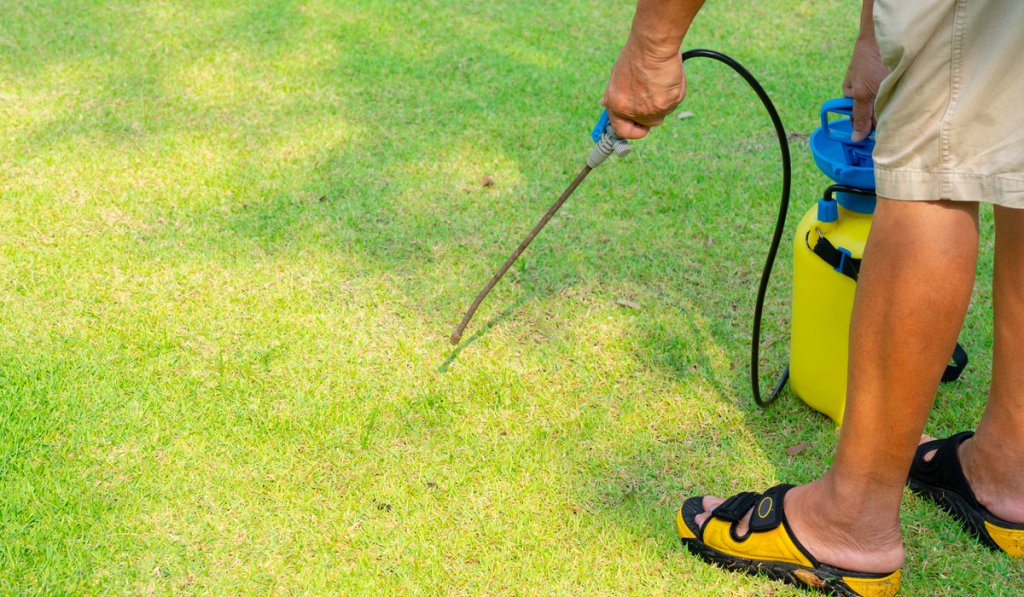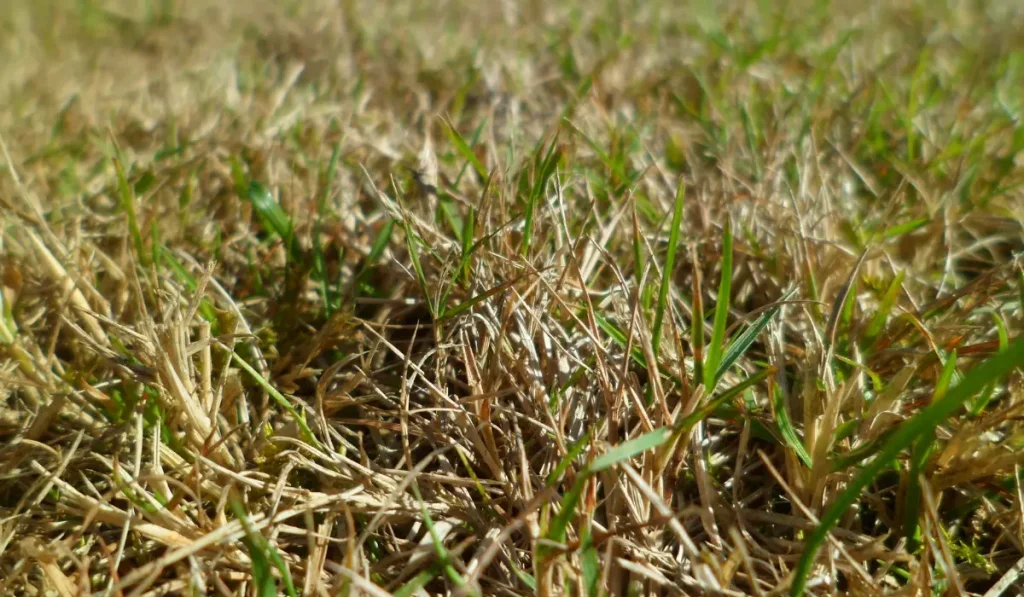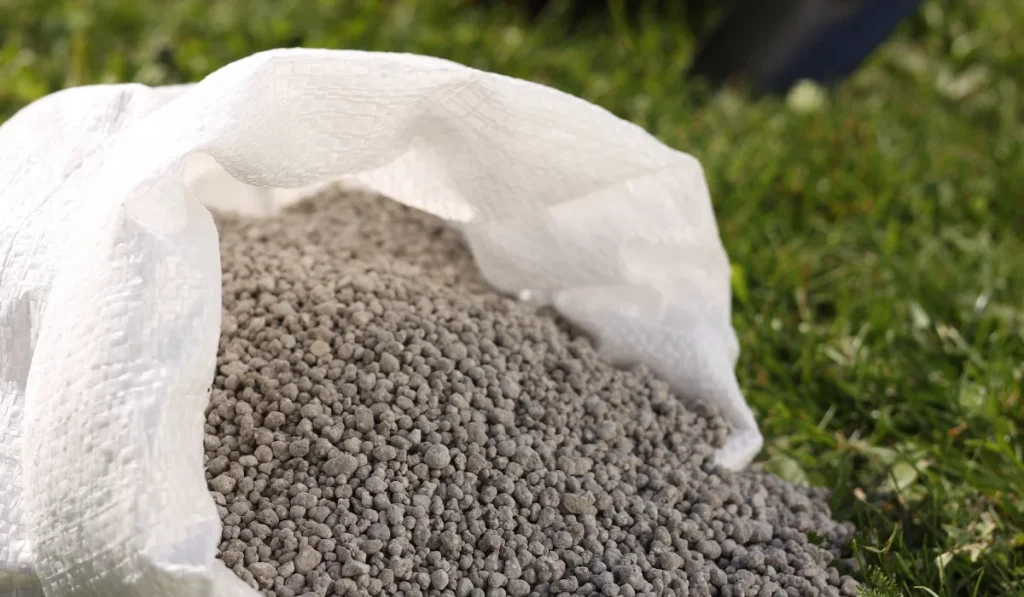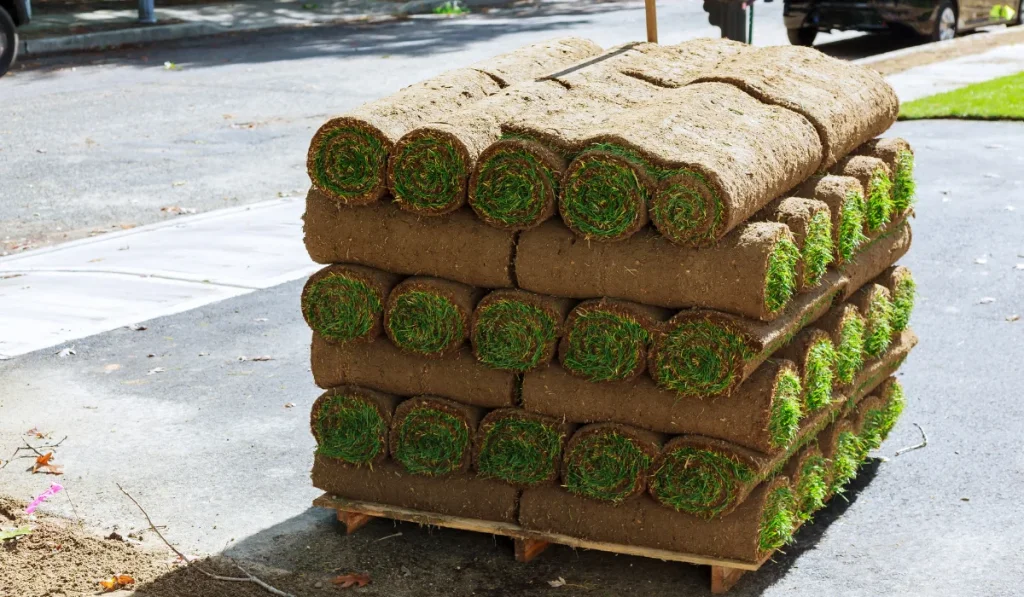Sod is a transplanted mature turf that is grown on a farm and then rolled out like a rug on your property. Sod provides an easy option for instantly cultivating a lush, green yard.
But to ensure the health and longevity of the grass, sod needs time to take root after being laid in your lawn.
Premium, high-quality sod is typically weed-free when you receive it. However, weeds may appear when you lay new sod over soil that already contains live weeds.
If weeds appear in your new sod, you need to exercise caution before using herbicides to control them.
Timing is Important
Fresh sod needs time for its roots to anchor into the soil and spread out and grow. Sod is vulnerable when you first roll it out and thus must be protected damage due to mishaps.
Before applying herbicides to sod, then, give it at least three weeks to establish itself in your lawn. If possible, pull up weeds manually rather than using herbicides during this critical period of growth.
However be careful not to walk on newly planted sod if to wet, it could disturb your final grade.
What Kind of Weed Killer Should I Use?
Make sure the weed killer you pick is labeled for use on the turf species in your lawn.
Consider a selective post-emergent herbicide in a spray bottle or tank sprayer with a controllable stream; this way, you can easily spot-treat the weeds in your new sod.
Pre-emergent herbicides prevent weeds from growing, but if you lay sod in spring or fall it may be too late to use this kind of herbicide.
You could use it the next year if needed, but once your sod is down, focus on post-emergent herbicides instead.
Just take care to focus on the isolated weeds to avoid causing collateral damage to the surrounding turf.



